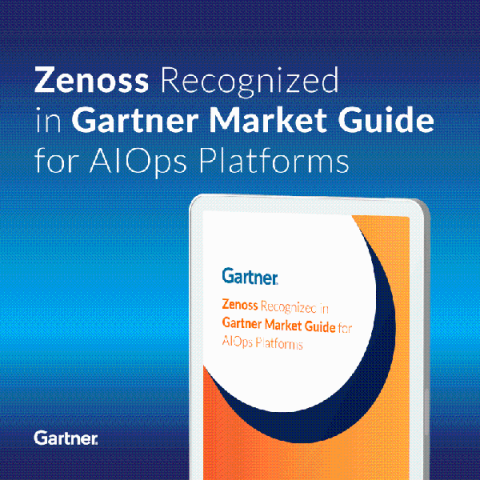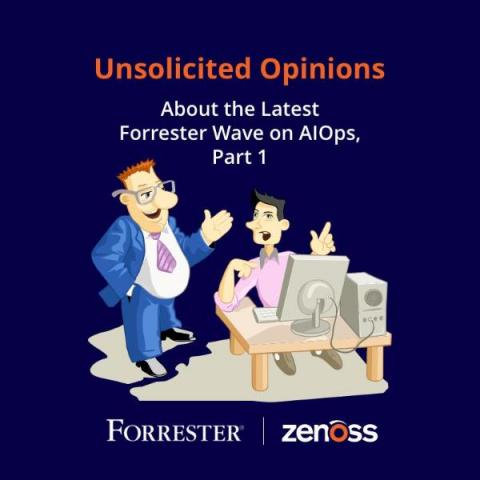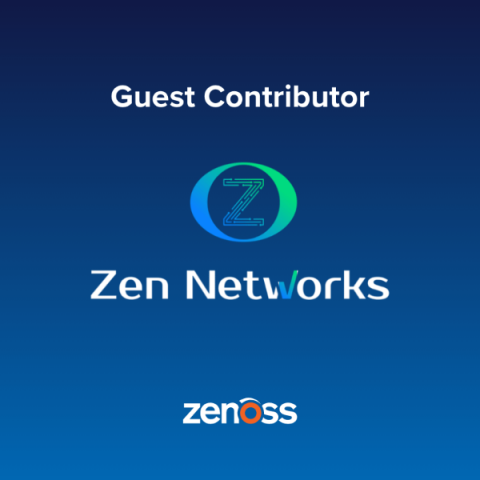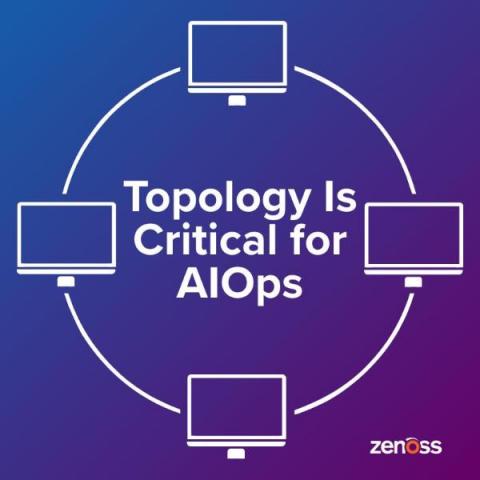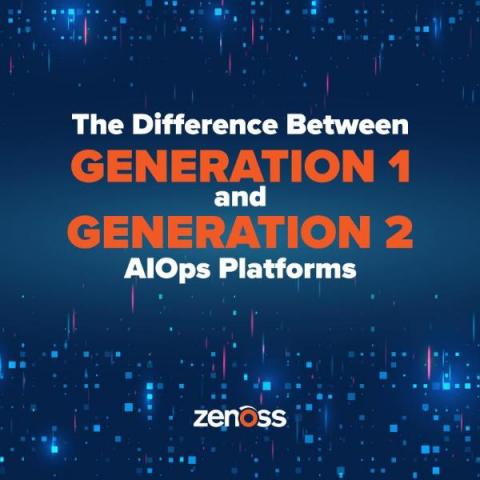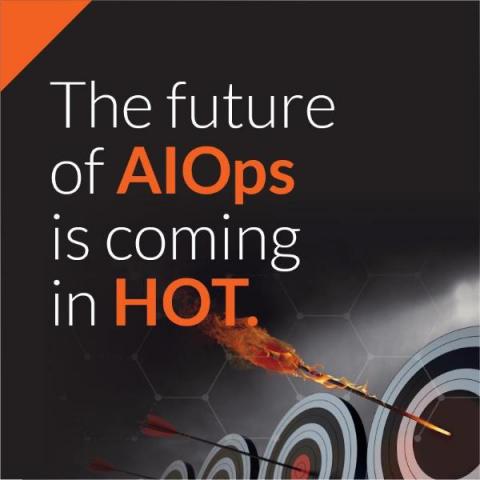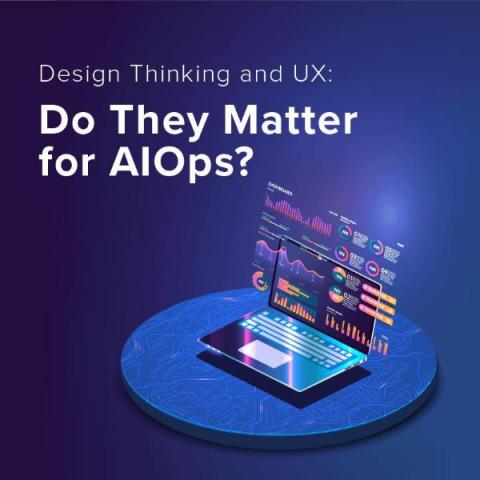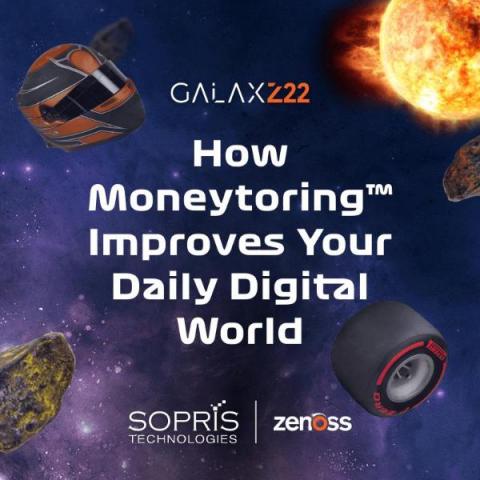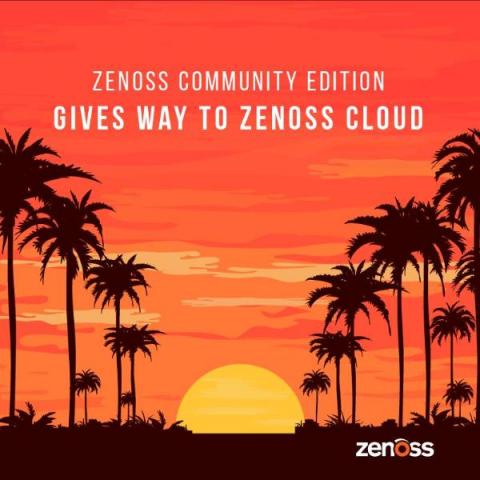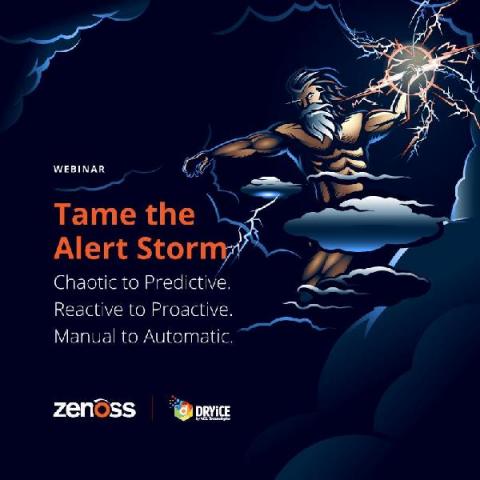Unsolicited Opinions About the Latest Forrester Wave on AIOps, Part 2 - A Closer Look Into the Evolution of AIOps
Leading industry analyst firm Forrester recently published research titled The Forrester Wave™: Artificial Intelligence For IT Operations, Q4 2022. This is Forrester's summary of the report: You can find my original post regarding this Wave here: "Unsolicited Opinions About The Latest Forrester Wave on AIOps, Part 1." In this post, I’ll provide context on some of the events that led up to this Forrester Wave. These are my observations and opinions, not Forrester’s.


